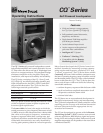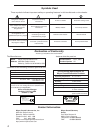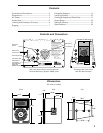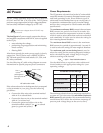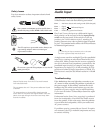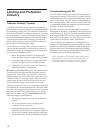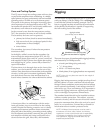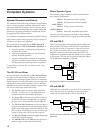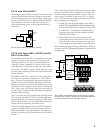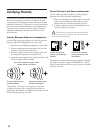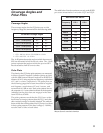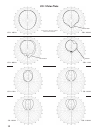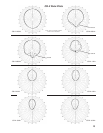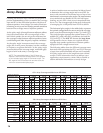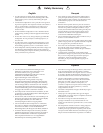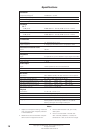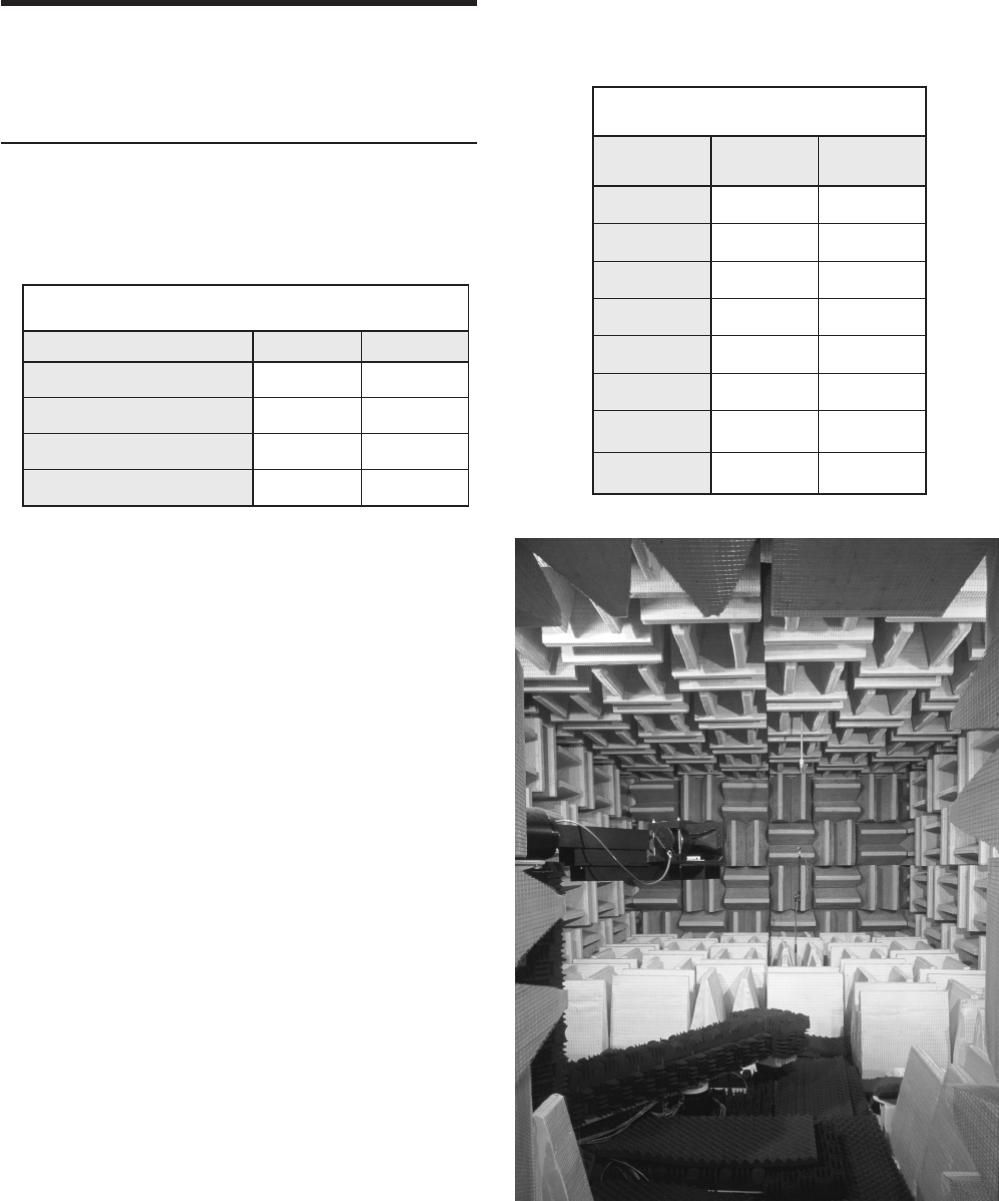
11
Coverage Angles and
Polar Plots
Coverage Angles
The coverage angles for the CQ Series over a wide
frequency range are summarized in the following table:
selgnAegarevoCseireSQC
latnoziroh
1
lacitrev
2
)stniopBd6–(1-QC 08 ° 04 °
)stniopBd01–(1-QC 001 ° 05 °
)stniopBd6–(2-QC 05 ° 04 °
)stniopBd01–(2-QC 06 ° 05 °
1. CQ-1: 500 Hz–16 kHz; CQ-2: 800 Hz–12 kHz
2. CQ-1 and CQ-2: 1.5–12 kHz
The –6 dB points denote the angle at which the measured
SPL has decreased to half its on-axis value. The –10 dB
points represent the angle at which the perceived SPL
has decreased to half its on-axis value.
Polar Plots
The data for the CQ Series polar patterns was measured
in Meyer Sound’s anechoic chamber (photo at right)
with the SIM System II Sound Analyzer in dB SPL at a
distance of 14 ft, using angular and frequency resolutions
of 1° and
1
⁄24 octave, respectively. The polar plots on
the following pages have been smoothed to angular
and frequency resolutions of 2° and 1 octave, and
normalized to 0 dB on-axis. Each polar pattern shows
the response of a 1 octave band centered at the frequency
indicated on the plot; there are no gaps in the data
from 125 Hz to 16 kHz.
The polar patterns reveal that the CQ-1 has a wider
horizontal coverage pattern than the CQ-2 and that
their vertical coverage is virtually identical. The uniform
beam width that distinguishes the CQ Series is evident
in their polar patterns in the horn’s range (1–16 kHz);
note the lack of side or back lobes.
The table below lists the maximum on-axis peak dB SPL
per octave measured at 1 m for the CQ-1 and CQ-2.
LPSBdkaePmumixaM
ycneuqerF 1-QC 2-QC
zH521 721721
zH052 031031
zH005 031031
zHk1 231931
zHk2 631931
zHk4 631931
zHk8 231431
zHk61 221421
Meyer Sound’s anechoic chamber



